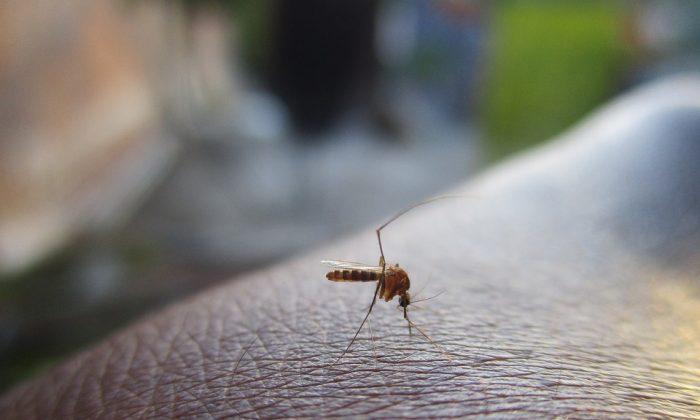Researchers in Queensland are trialling a new alternative to the delivery of the Japanese encephalitis (JE) vaccine by injecting the inoculation into the top layer of the skin to increase affordability and take-up numbers in Australia.
Though the research is currently in its preliminary phase, Furuya-Kanamori said the initial results of an effective vaccine despite reduced dosage are encouraging.
“Participants were given a micro-dose of an existing vaccine into the top layer of the skin rather than in the deeper layers,” he said.
“After eight weeks, the first 11 participants had all produced good antibody levels without severe adverse events.”
Japanese encephalitis is a potentially deadly arbovirus transmitted by mosquitos that cause high levels of human disease.
Currently, treatment for JE is very limited, though the disease is preventable through a vaccine.
“We first started this research looking for a way to increase the rate of vaccination among Australians travelling to countries and areas with the virus,” Furuya-Kanamori said.
“While there are widely-used and effective JE vaccines available in Australia, the problem is they cost about $300 for travellers, so many people simply don’t get vaccinated.”
Associate Professor Greg Devine from the Queensland Institute of Medical Research said that “as the trial proceeds, we’ll determine whether the micro-dose consistently produces the required antibody levels across a much larger group of people.”
“Our preliminary results reflect similar findings for the low dose intradermal administration of other vaccines including Yellow Fever and rabies vaccines.”





